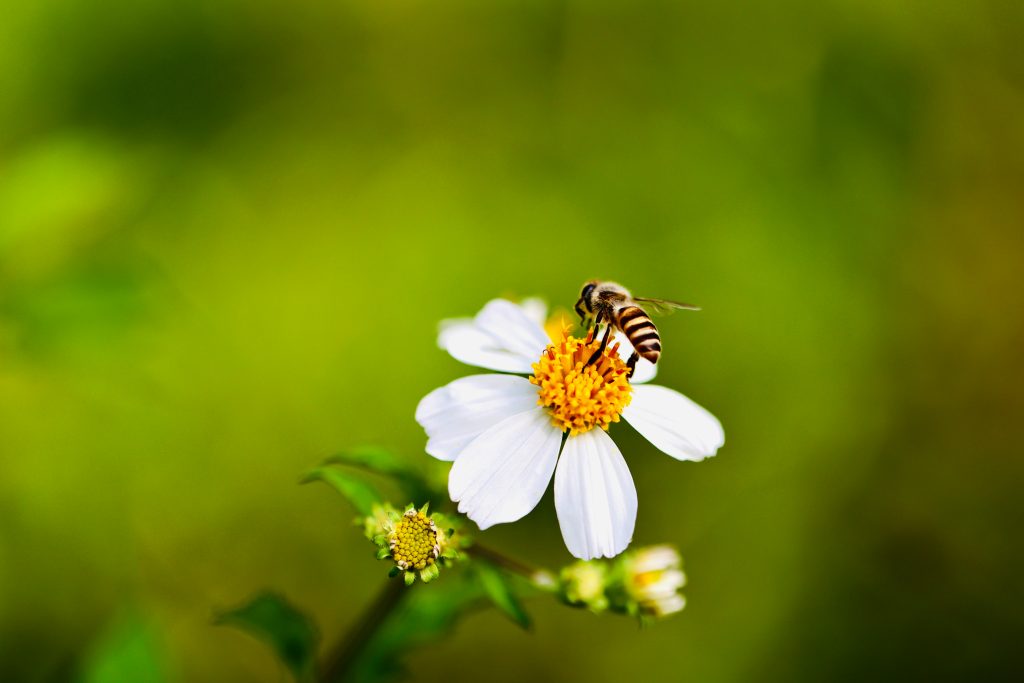Native & Pollinator Gardens: Build a Yard That Thrives (and Attracts Life)

Introduction
Imagine stepping into your backyard and being greeted by the vibrant colors and sounds of nature. A native and pollinator garden can transform your yard into a thriving ecosystem. This blog post will guide you through the essentials of creating a native and pollinator garden that not only beautifies your space but also supports local wildlife.
1. Understanding Native & Pollinator Gardens
1.1 What is a Native Garden?
A native garden is designed using plants that are indigenous to a specific region or ecosystem. These gardens promote local biodiversity, support wildlife, and create a sustainable environment. Native plants are low maintenance, drought-resistant, and require less water and fertilizer compared to traditional gardens. They also provide essential habitats for local wildlife, including birds, butterflies, and beneficial insects.
1.2 The Role of Pollinator Gardens
Pollinator gardens are specifically designed to attract and support pollinators such as bees, butterflies, and hummingbirds. These creatures play a crucial role in plant reproduction, enhancing biodiversity and food production. By creating pollinator gardens, we contribute to the health of ecosystems and the sustainability of our food systems.
2 Planning Your Native & Pollinator Garden
2.1 Assessing Your Space
To create a successful garden, start by evaluating your yard's sunlight, soil type, and moisture levels. Understanding your local climate and ecosystem is vital for selecting the right plants. Look for areas that receive full sun, partial shade, or have varying moisture levels to determine the best spots for planting.
2.2 Choosing the Right Plants
-
Region-Appropriate Plant Lists: Select native plants suitable for your region. For example:
-
Northeast: Purple Coneflower, New England Aster
-
Southeast: Butterfly Weed, Black-eyed Susan
-
Midwest: Prairie Blazing Star, Wild Bergamot
-
Southwest: Desert Marigold, California Poppy
-
Pacific Northwest: Red Flowering Currant, Oregon Grape
-
-
Bloom Calendars: Choose plants that bloom at different times to provide continuous food sources for pollinators throughout the growing season.
2.3 Designing Your Garden Layout
Consider layering plants by height, creating pathways for easy access, and incorporating water features. Diverse habitats, such as sunny spots, shaded areas, and shelter, will attract a variety of wildlife. A well-thought-out layout enhances both the beauty and functionality of your garden.
3. Maintenance Basics for a Thriving Garden
3.1 Watering and Irrigation
Best practices for watering include using sustainable methods like rain barrels and drip irrigation. Native plants typically require less water, so monitor soil moisture and adjust your watering schedule accordingly.
3.2 Weeding and Pest Management
Control weeds naturally by using mulch and hand-pulling. Encourage beneficial insects to manage pests without harmful chemicals. This approach helps maintain a healthy ecosystem.
3.3 Seasonal Care
Seasonal tasks include pruning, deadheading, and preparing for winter. Regularly observe plant health and adjust care as needed to ensure a thriving garden.
4. Attracting Pollinators to Your Garden
4.1 Creating a Pollinator-Friendly Environment
To attract pollinators, provide food, water, and shelter. Avoid pesticides and herbicides that can harm these essential creatures. Create diverse habitats with a variety of native plants to support different pollinator species.
4.2 Engaging with Local Wildlife
Observe and appreciate the wildlife that visits your garden. Encourage community involvement in local conservation efforts to create a larger impact on pollinator populations.
5. Confidence-Building Tips for Gardeners
5.1 Start Small and Grow
Begin with a small area and gradually expand your garden as you gain confidence. Many successful gardeners started with modest projects and transformed their yards into thriving ecosystems.
5.2 Embrace Imperfection
Understand that nature is unpredictable, and every garden will have its unique challenges. Celebrate the beauty of biodiversity and the unexpected visitors your garden may attract.
Conclusion
Creating a native and pollinator garden is not just about aesthetics; it’s about fostering a healthy environment for both plants and wildlife. Start your native and pollinator garden journey today! For those who want expert guidance, consider Dingdoor’s professional gardening services to help you design and maintain your thriving native and pollinator garden.

